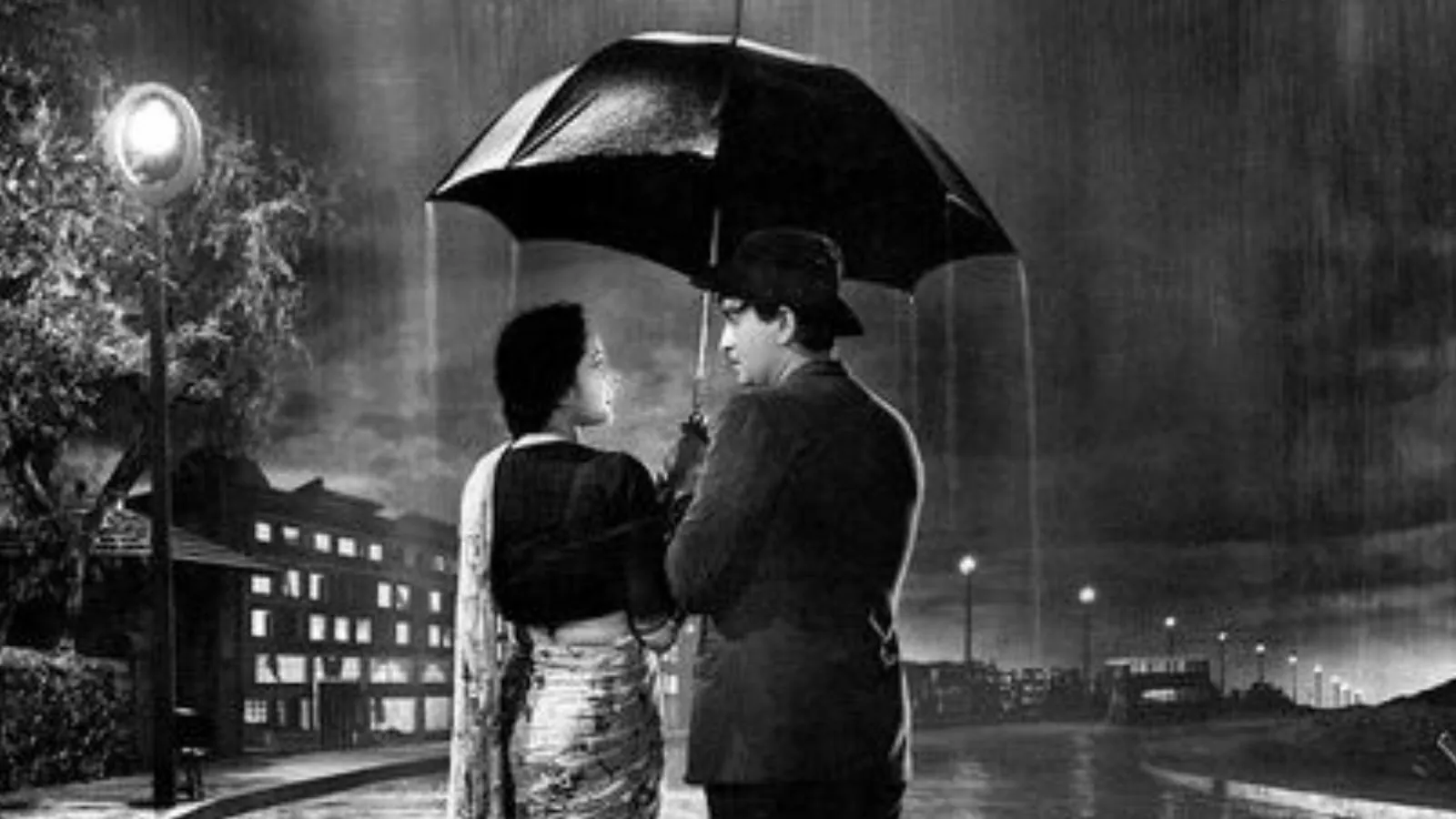Copyright news18

The journey of Indian cinema began over a century ago, marking the start of a creative revolution that would one day become one of the world’s largest film industries. For decades, audiences watched stories unfold only in shades of black and white—until one film changed everything. In 1937, Indian cinema witnessed a historic transformation with the release of Kisan Kanya, the nation’s first colour film. The groundbreaking film was directed by Moti B. Gidwani and produced by Ardeshir Irani, the visionary behind India’s first talkie, Alam Ara (1931). Kisan Kanya was filmed using Cinecolor technology, a cutting-edge colour process of that time, imported all the way from Germany. Creating a colour film back then was no easy task—reels had to be sent abroad for processing and editing, making the process both time-consuming and expensive. The title Kisan Kanya translates to “Farmer’s Daughter,” reflecting the story’s focus on the lives and struggles of poor farmers in rural India. The film portrayed themes of hope, hardship and humanity, connecting deeply with audiences through its emotional storytelling. Watching the story come alive in colour was nothing short of magical for the viewers of that era, who had only known monochrome cinema. Despite its emotional depth and technical brilliance, Kisan Kanya was released in a limited number of theaters due to the high cost of colour printing. The film wasn’t a huge box-office success, but it broke new ground, proving that India could master colour filmmaking too. Kisan Kanya opened the doors for future colour films, paving the way for the grand Technicolour hit Aan (1952) and remains celebrated as India’s first indigenous colour film.



